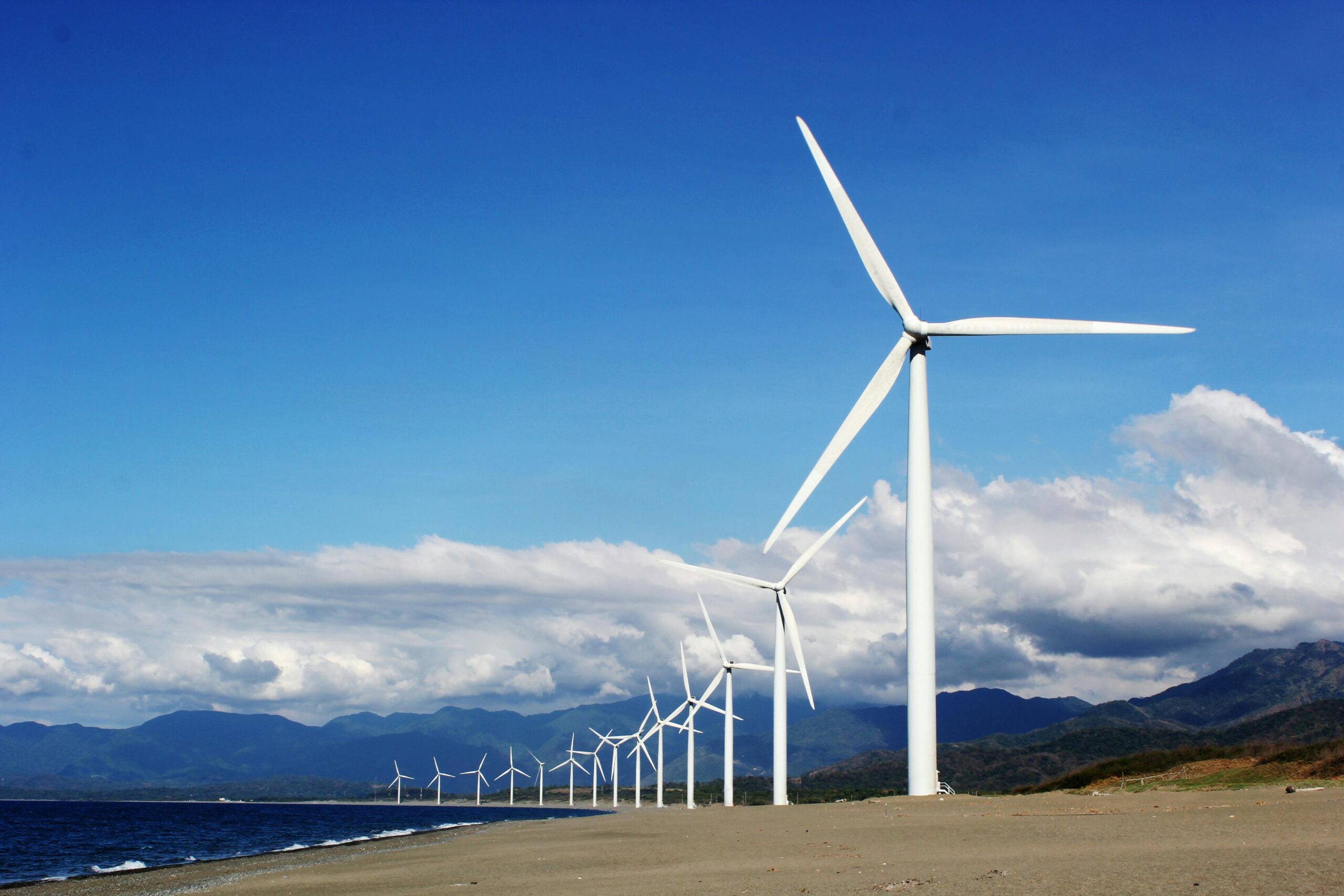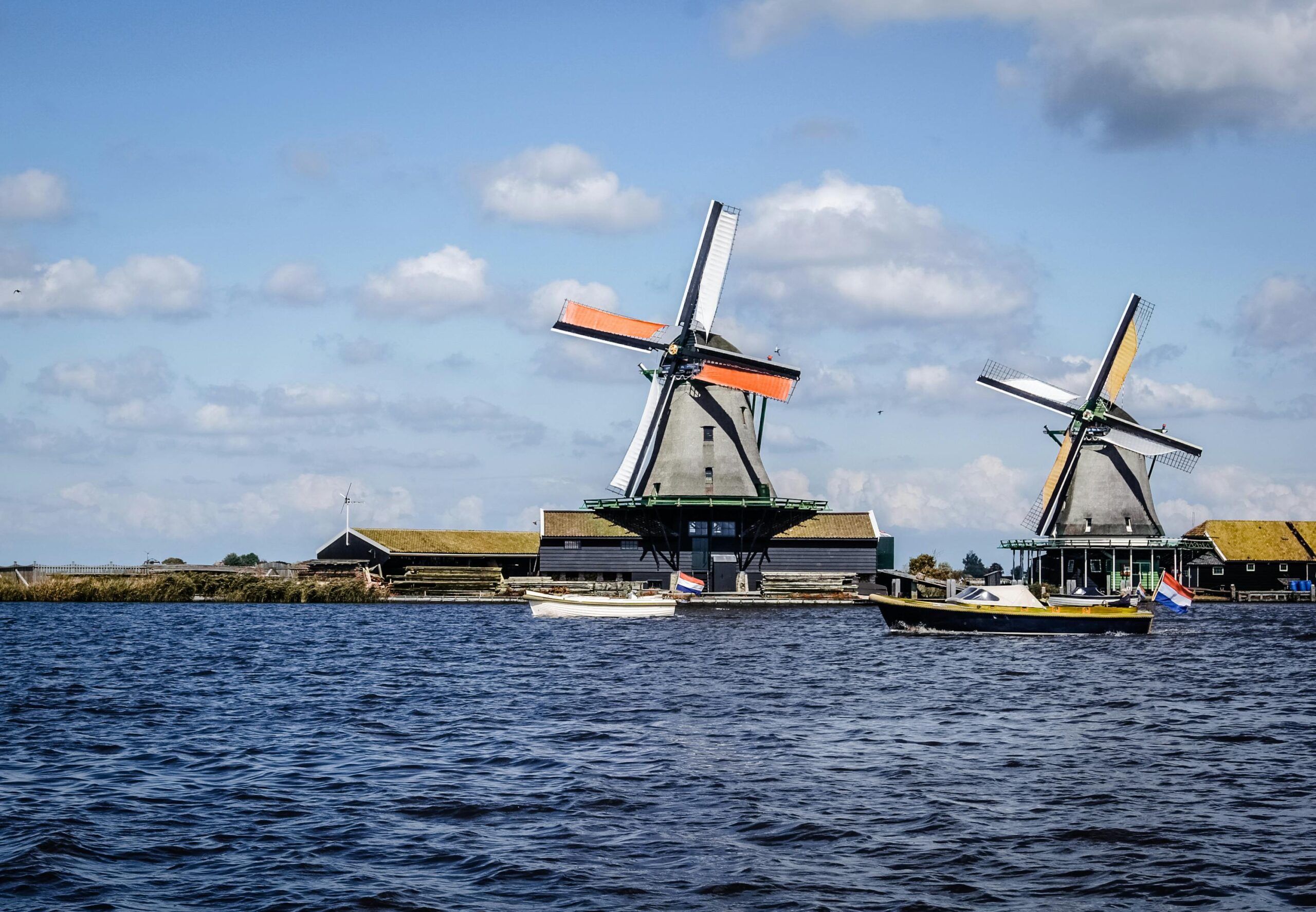Introduction
Morocco is leveraging renewable energy and seawater desalination technology to secure water resources and enhance energy self-sufficiency. Particularly, projects integrating wind power with desalination are gaining attention for their potential to address water scarcity while expanding clean energy.
Wind Power and Seawater Desalination Integration
Morocco’s state-owned phosphate company, OCP Group, is spearheading an integrated project that combines renewable energy-powered desalination with hydrogen production. The desalinated water is used for electrolysis to produce green hydrogen, a key component in ammonia production. This large-scale initiative, including an ammonia plant in Tarfaya, represents a total investment of approximately $7 billion.
Current Status and Future Goals of Renewable Energy in Morocco
Morocco’s total renewable energy capacity has reached 5,400 megawatts (MW), with the following distribution:
- Wind Power: 2,400 MW
- Hydropower: 2,100 MW
- Solar Power: 900 MW
The Moroccan government aims to increase the share of renewables in its energy mix to 52% by 2030.
Key Wind Power Projects in Morocco
Taza Onshore Wind Power Project
- Located in Taza Province, northern Morocco.
- Planned capacity: 87.2 MW.
- Developed through a joint investment by Mitsui & Co. and EDF Renouvelables, S.A. (EDFR).
- Expected operation start: 2022.
Midelt Wind Power Expansion
- Located in Midelt region.
- Current capacity: 201.6 MW.
- Planned expansion to 401.6 MW.
- Expected to contribute significantly to Morocco’s renewable energy goals.
in its energy mix to 52% by 2030.
- Location: Taza Province, northern Morocco
- Planned capacity: 87.2 MW
- Developers: Mitsui & Co. and EDF Renouvelables
- Expected start: 2022
- Location: Midelt region
- Current capacity: 201.6 MW
- Planned expansion to: 401.6 MW
- Contributing to Morocco’s renewable energy goals
Future Prospects
By integrating wind power with desalination technology, Morocco is addressing both water security and energy sustainability. These projects play a crucial role in promoting sustainable development while reducing environmental impact. As the country continues its transition towards green energy, its innovative approach serves as a model for other regions facing similar challenges.






Leave a Reply